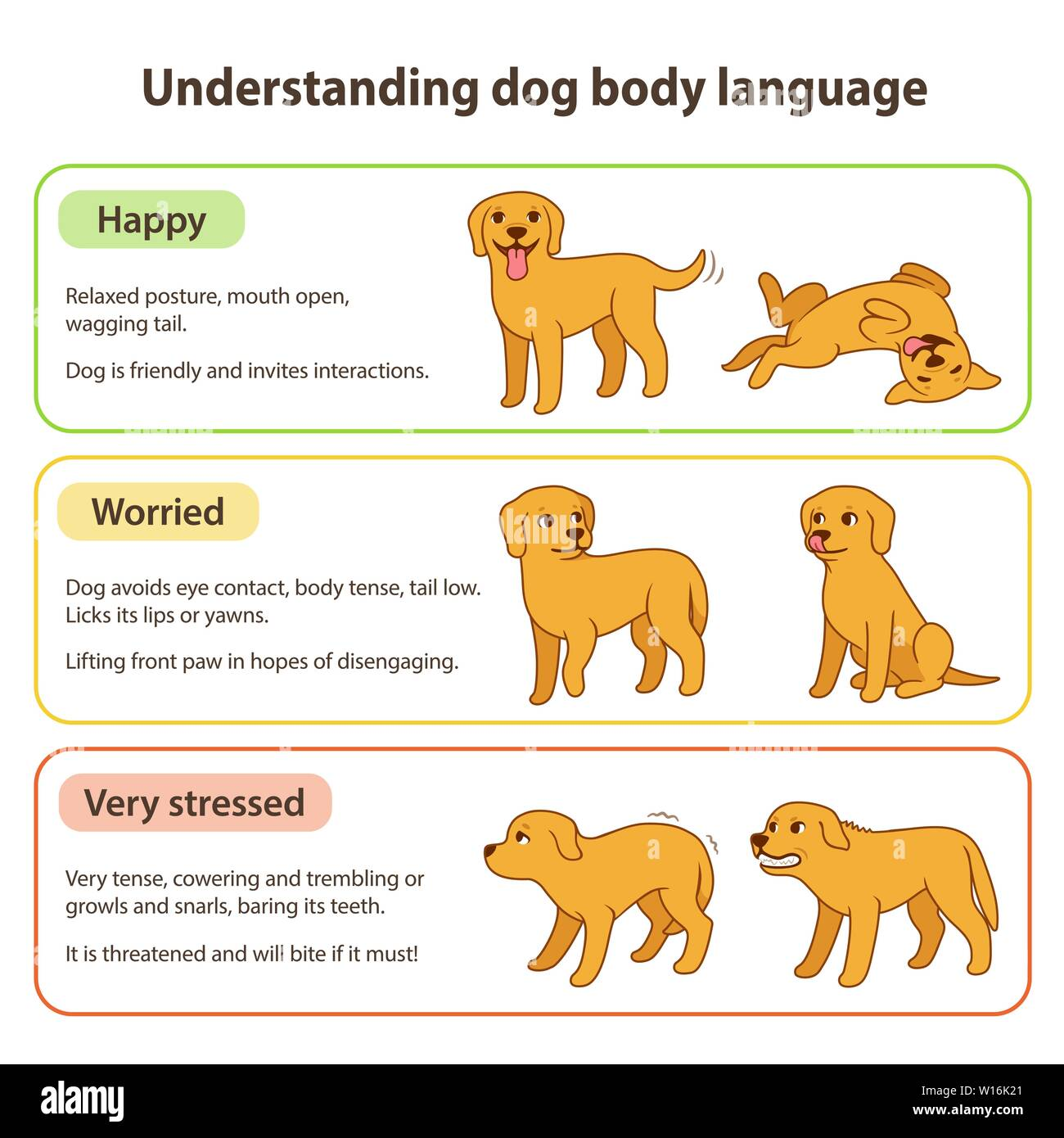Dogs and their emotions are a fascinating subject that has captured the attention of scientists and pet lovers alike. Research into canine empathy reveals that dogs not only exhibit a range of feelings but also engage in behaviors that reflect their emotional states, strengthening the bond between dogs and humans. Studies, such as those conducted at Harvard, delve into the intricate ways dogs communicate their feelings, painting a vivid picture of their inner lives. Understanding dog behavior through advanced techniques like MRIs provides insights into how dogs process emotions, enhancing our appreciation for these loyal companions. Notably, photographic projects like “The Dogist” offer a touching visual narrative of how dogs connect with us on an emotional level, amplifying the dialogue around empathy in our canine friends.
Exploring the emotional landscape of our furry companions reveals how deeply connected they are to human feelings. The study of canine sentiment investigates not just the reactions of dogs to various situations but also examines the psychological bonds they forge with their owners. Insights from canine behavior research highlight the emotional intelligence displayed by dogs, showcasing their ability to respond to human cues with compassion and understanding. Through innovative methods like the Harvard canine studies, we gain a clearer perspective on the brain mechanics that underpin these interactions. Furthermore, the artistry of photographers like those behind “The Dogist” vividly captures the rich tapestry of emotions that dogs express, reminding us of the profound impact they have in our lives.
Understanding Canine Empathy: Dogs and Their Emotions
Recent research into canine behavior reveals a profound capacity for empathy among dogs, redefining how we perceive our bond with these furry companions. During laboratory sessions at Harvard’s Canine Brains Lab, scientists like Erin Hecht investigate how dogs respond to emotional cues from humans, highlighting their innate ability to sense distress and offer comfort. Such behavior isn’t just a coincidence; it’s an evolutionary trait developed through millennia of living closely with humans. When a dog reacts to a fake injury with concern, as seen in experiments with community engagement dogs like Sasha, it illustrates a remarkable depth of emotional intelligence that dogs possess.
This level of responsiveness links closely to the shared history of dogs and humans, where mutual reliance has forged an emotional partnership. Studies have shown that dogs can read human expressions and sounds, allowing them to react appropriately to their owner’s feelings. This connection goes beyond mere obedience; it’s rooted in an emotional understanding that fosters trust and companionship. One aspect of ongoing research includes MRI scanning to understand how different breeds process emotions and react socially, further illustrating the complexity of dogs’ emotional landscapes.
The Science Behind Dog Behavior Research
Dog behavior research has evolved significantly, moving from anecdotal observations to rigorous scientific inquiry. Harvard researchers like Erin Hecht leverage advanced imaging techniques to delve into the neurological responses of dogs, aiming to decode what happens inside their minds. By examining the MRI scans of various dog breeds, scientists are uncovering patterns that correlate with different temperaments and behaviors. This research not only sheds light on individual differences but also helps us understand the broader implications of canine psychology in relation to training and behavioral issues.
Findings from such studies provide valuable insights into how dogs learn and interact with their environment. For instance, differences in brain activity can indicate varying levels of aggression or fearfulness, factors that significantly influence a dog’s behavior in social settings. This scientific approach to understanding dog behavior enhances not only the field of canine studies but also enriches the life experiences of dog owners by helping them grasp what motivates their pets. As our knowledge grows, it brings us closer to fostering healthier relationships with our dogs.
The Bond Between Dogs and Humans: A Cultural Perspective
The bond between dogs and humans is one of the most enduring relationships in human history, characterized by mutual affection and social interaction. As described by Elias Weiss Friedman, the founder of ‘The Dogist’, dogs serve as ‘furry icebreakers’, facilitating connections among people. Their welcoming nature and ability to bring communities together reflect the deep-seated cultural importance of dogs in society. Whether through walks in the park or participation in pet-related events, dogs encourage socialization and interaction, enriching our communal lives.
Historically, storytelling, art, and photography have celebrated this unique relationship. The work of photographers like Friedman captures candid moments that speak to the honesty and purity of dogs’ emotions. By documenting expressions of joy, sadness, and empathy through visual media, he highlights how integral dogs are to our emotional well-being. This cultural appreciation for dogs reinforces their role as not just pets but as vital components of our social fabric, serving as companions who offer both solace and joy.
Harvard Canine Studies: Innovations and Insights
Harvard’s Canine Brains Project is at the forefront of veterinary scientific research, merging traditional observation with cutting-edge technology. Using MRI technology, researchers like Erin Hecht are uncovering the inner workings of dog brains, exploring areas related to emotion, learning, and behavior. This innovation allows for a deeper understanding of how dogs perceive their world and interact with humans, reshaping our approaches to training and caregiving. The implications of these studies extend beyond academia, influencing dog owners and trainers to implement strategies that cater to a dog’s emotional and cognitive capacities.
Moreover, the ability to visualize brain activity in response to various stimuli opens new avenues for addressing behavioral issues. Understanding which areas of the brain activate during different emotional states can aid in creating tailored training programs that effectively address insecurities or anxieties in dogs. Such initiatives reflect a growing movement towards positive reinforcement in dog training, emphasizing the importance of empathy alongside discipline. Through structured research, Harvard is setting a model for future studies that could transform the way we care for and train dogs.
The Role of Photography in Capturing Canine Emotion
Elias Weiss Friedman’s work with ‘The Dogist’ captures the essence of canine emotion through photography, highlighting how dogs express their feelings. Each photograph tells a story, encapsulating moments of joy, curiosity, and empathy that are easily recognizable. This visual storytelling resonates deeply with audiences, as it reminds us of the daily interactions and bonds we share with our canine companions. By presenting dogs in candid, unposed moments, Friedman emphasizes their authenticity, allowing viewers to connect emotionally with the imagery.
Photography serves as a powerful medium to communicate the nuances of dogs’ emotional lives. Beyond mere aesthetics, these images challenge viewers to consider the emotional complexity dogs possess. Each click of the camera can invoke thoughts about a dog’s past or the experiences they have endured, fostering greater understanding and compassion among dog owners and enthusiasts. Ultimately, Friedman’s photography immortalizes the unique connection between dogs and humans, promoting awareness of their emotional rich lives and the joy they bring into our world.
The Evolution of Dogs: Adaptations for Human Connection
The evolution of dogs from wild wolves to beloved companions is a testament to their unique adaptations for connecting with humans. Researchers like Erin Hecht discuss how dogs have undergone significant changes in both behavior and temperament to thrive in human environments. These adaptations have enabled dogs to excel in forming bonds with people, responding to our emotional cues with sensitivity that is rare in the animal kingdom. Such evolutionary traits have forged a deep-rooted alliance, where dogs not only serve as pets but also as friends and confidants.
Moreover, specific dog breeds have been selectively bred for their ability to engage with humans, reflecting societal needs across different eras. The diversity in breeds represents a variety of cognitive styles and social capabilities, which underscore the multifaceted nature of the human-dog relationship. Understanding the evolutionary background of our canine companions enriches our appreciation of their roles in our lives and highlights the profound counsel they offer through every wag and bark.
Dogs as Social Connectors: Building Community Through Pets
Dogs have an unparalleled ability to connect people, acting as catalysts for social interaction and community building. As Friedman noted, the presence of a dog often transforms the dynamics of a neighborhood, making it easier for owners to meet and engage with one another. During walks or community events, dogs provide a common bond that generates conversation, fostering relationships among pet owners and non-pet owners alike. This socialization is vital for creating a sense of belonging and community, making dogs invaluable to urban life.
Furthermore, dogs facilitate interactions that might not occur otherwise, bridging gaps between diverse groups. This aspect of dog ownership not only enhances social cohesion but also enriches the lives of individuals who might feel isolated or disconnected. By serving as companions and conversation starters, dogs help strengthen community ties, reflecting the harmony that can be achieved when humans and canines cohabit. The societal impact of our bond with dogs extends beyond the individual, nurturing a connected, interactive community.
Challenges and Breakthroughs in Canine Behavior Studies
The field of canine behavior studies faces numerous challenges, from variations in dog temperament to the complexities of human-dog interactions. Researchers like Erin Hecht acknowledge the difficulties in designing experiments that can encompass the broad spectrum of canine behaviors. Variations among breeds and individual differences in experiences significantly impact the results, making it crucial to develop nuances in research design. As the field evolves, there’s a continual need to refine methodologies, ensuring that findings are relevant and accurately portray the multifaceted nature of dog behavior.
Despite these challenges, breakthroughs in canine studies are promising. Innovations in technology, such as MRI scanning, provide unprecedented insights into canine cognition and emotional responses. These advancements illuminate behaviors previously shrouded in mystery, enhancing our understanding of how dogs think and feel. As researchers delve deeper into dog psychology, the accumulated knowledge can lead to more effective training methods and improved welfare standards for dogs. By addressing challenges head-on, the field is poised to make significant strides that benefit both dogs and the humans who love them.
Frequently Asked Questions
How do dogs and their emotions reflect canine empathy?
Dogs are well-known for their ability to demonstrate empathy towards humans, often responding to our emotional states with comforting behavior. Research in canine behavior shows that many dogs can read human emotions through facial expressions and vocal tones, which reflects their deep emotional connection with us.
What does dog behavior research reveal about dogs and their emotions?
Dog behavior research has revealed that dogs experience a wide range of emotions similar to humans. They can feel joy, fear, anxiety, and love. Studies, including those conducted at Harvard, indicate that dogs are capable of forming strong emotional bonds with their owners, which enhances their emotional understanding.
How do Harvard canine studies inform our understanding of the bond between dogs and humans?
Harvard canine studies, particularly those led by researchers like Erin Hecht, explore the neurological underpinnings of dog behavior and emotions. These studies help us understand how dogs perceive our emotions, reinforcing the idea that the bond between dogs and humans is built on mutual empathy and understanding.
In what ways do dogs show their emotions in their behavior?
Dogs express their emotions through various behaviors such as tail wagging, barking, whining, and body language. For example, a wagging tail can indicate happiness, while lowered ears and a tucked tail may signify fear. Understanding these signals helps strengthen the bond between dogs and their humans.
Can dogs recognize human emotions, and how does this relate to their emotional intelligence?
Yes, dogs can recognize human emotions. They often respond to cues from their owners, demonstrating their emotional intelligence. This ability to understand and react appropriately to human emotions is a testament to their evolved social instincts and adaptability within human society.
What role does the bond between dogs and humans play in canine emotional health?
The bond between dogs and humans is crucial for canine emotional health. A secure attachment with an owner can lead to enhanced emotional well-being for dogs, reducing anxiety and promoting positive behavior. Studies show that dogs thrive in environments where they feel loved and secure.
How do emotional experiences influence dog behavior?
Emotional experiences significantly influence dog behavior, as dogs learn from previous interactions. Positive experiences can lead to behaviors that reflect joy and trust, while negative experiences can lead to fear or aggression. Understanding this aspect of dog behavior helps in training and fostering better relationships.
What insights can we gain about canine emotions through The Dogist’s photography?
The Dogist’s photography provides unique insights into canine emotions by capturing candid moments that reveal dogs’ expressions and behaviors. These images often reflect deep emotional connections between dogs and humans, showcasing their honesty and authenticity in different emotional states.
How does understanding canine emotions benefit dog owners?
Understanding canine emotions benefits dog owners by enhancing communication and fostering stronger bonds. By recognizing their dogs’ emotional cues, owners can respond appropriately, improving training outcomes and overall companionship, leading to a happier and healthier relationship.
| Key Points | Details |
|---|---|
| Research on Dogs | Erin Hecht studies dog brains using MRIs to understand their emotions and behaviors. |
| Empathy in Dogs | Experiments show dogs can exhibit empathy, responding to human distress with care. |
| Human-Canine Bond | Both Hecht and Friedman highlight the deep connections between humans and dogs, emphasizing communication and social bonding. |
| Community Engagement | Dogs enhance socialization, serving as ‘furry icebreakers’ and fostering community ties. |
| Variability in Canine Behavior | Hecht’s research involves studying dogs with behavioral issues and the impact of early life experiences. |
Summary
Dogs and their emotions are a fascinating subject that reflects the deep bond between humans and their canine companions. Researchers like Erin Hecht investigate the emotional and cognitive capabilities of dogs, revealing impressive insights into empathy and social behavior. Through studies and experiments, we learn that dogs are not only attuned to our feelings but are also evolving members of our society, expertly navigating the emotional landscape of human life.










